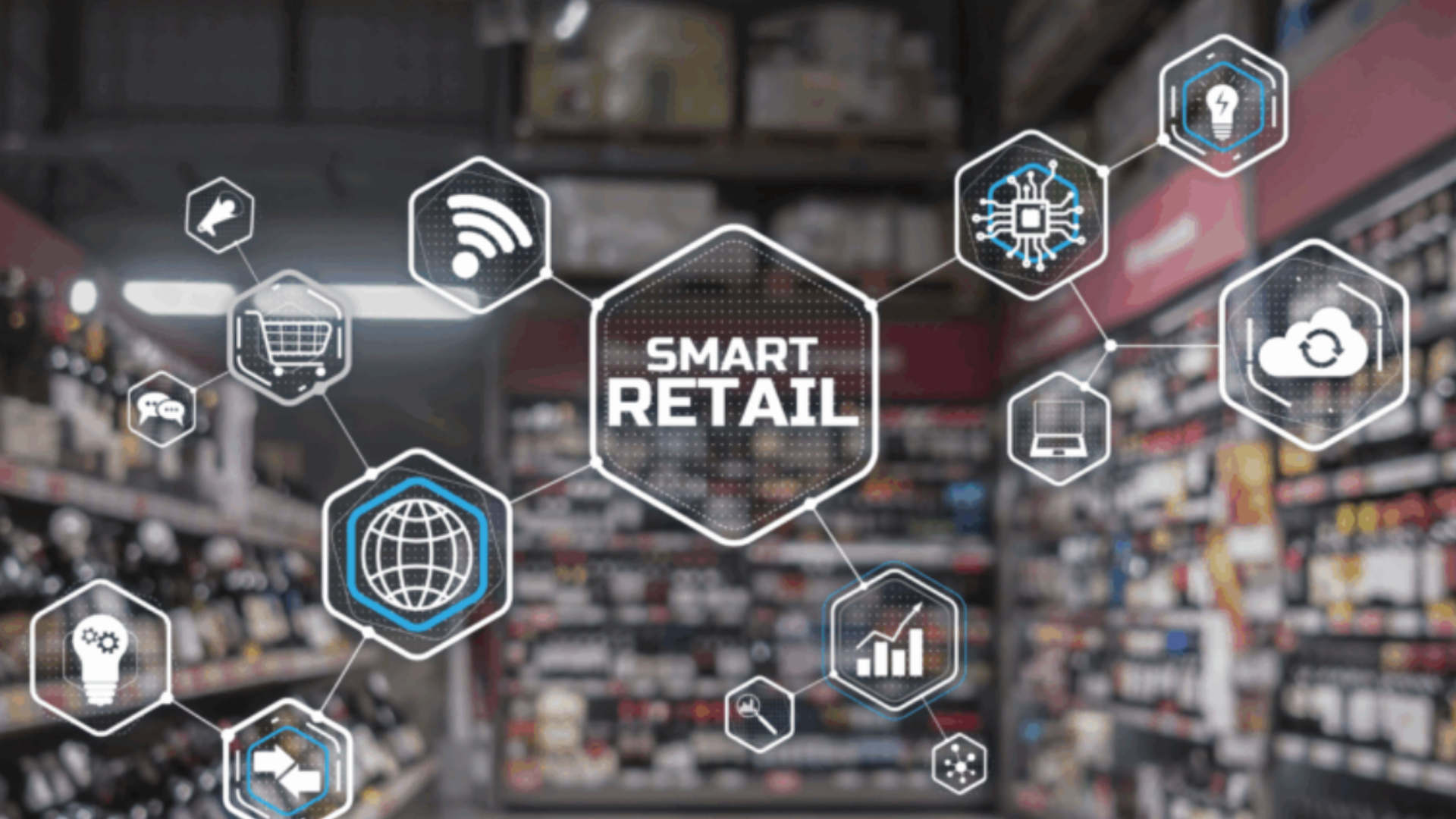For retailers that want to get ahead of their competitors, artificial intelligence will play a critical role going forward. Retailers globally lost an astonishing $1.77 trillion in 2023 due to poor inventory management according to IHL. However, AI stands ready to change that—if implemented correctly.
AI is already playing a major role in the retail industry, and its role will only increase over time. In a report entitled “Market Guide for Retail Assortment Management Applications: Short Life Cycle Products,” Gartner predicted that the top 10 retailers globally will tap into AI “to facilitate prescriptive product recommendations, transactions and forward deployment of inventory” by the end of 2025.
Smart allocation will be one area of particular importance for retailers, as getting the right products to the right place at the right time is critical for reducing or eliminating stockouts and price cuts caused by bloated inventory at a particular location.

How AI optimizes product allocation
Traditionally, product allocation is supply-driven; products are allocated based on static, predetermined rules set by internal teams: square footage of stores, sales volume, week of supply, etc. With artificial intelligence, allocation becomes dynamic.
AI can drill down deep into the data to analyze and generate recommendations for site-specific assortments. Driven by demand drivers such as propensity to sell, AI systems can determine the best style and size mix within each category for each location and channel, and determine a sales index for individual products by analyzing historical sales data.
To optimize product allocation, AI looks at the retailer’s sales history, including inventory levels and stockouts, to determine where that previous allocation strategy went wrong and then correct it. Effective allocation requires analysis of multiple data sets from each location, and only AI is capable of providing accurate analysis of all these data sets simultaneously.
In short, here’s how AI does all of this. The technology classifies and categorizes information based on visual, numerical or textual data. It then analyzes and modifies the retailer’s strategies, plans and allocations based on real-time data. It automatically generates analysis that makes faster response times possible and can help retailers retrieve relevant information quickly.
Real-time decision making
The advent of AI is empowering smart, real-time decision making across channels and locations. Before AI, retailers relied on spreadsheets and manual allocation methods that were time-consuming and error-prone—this is still common today.
Introducing AI into retail workflows transforms the planning process, making it effective and dynamic. With AI, retailers are armed with real-time analysis and smart recommendations that improve regional and store-level distributions; the industry-specific algorithms continually monitor real-time sales data to provide the most optimal recommendations.
Through this continuous improvement, AI can identify opportunity gaps in product ranges at each location, leading to additional sales—if those gaps can be filled. Without real-time understanding of inventory levels, retailers can refill stock right when it’s needed at the locations that require it.
Adapting to current conditions
Retailers face potential problems at both ends of the sales spectrum. On one side, they must deal with shifting consumer behaviors, but at the other end, they face the potential for supply chain disruptions that could prevent them from addressing those shifting behaviors.
However, AI is capable of continual monitoring and measuring actual performance against the plans created, creating a dynamic feedback loop. This feedback loop enables retailers to map their supply chains and connect parts of their business that were previously disconnected.
McKinsey estimates that retailers which implement technology to capture the variability of demand via forecasting can better predict customer behaviors, resulting in an average of a 3% to 4% increase in revenue. Through machine learning, as more data is collected and analyzed, these plans will become more and more accurate.
How to use AI to make predictions
According to McKinsey, autonomous supply chain planning can boost revenue by 4%, slash inventory by 20% and cut supply chain costs by 10%; AI enables retailers to continue meeting customer demand while reducing inventory (and its associated costs) because they can accurately predict demand across sizes, colors, locations and more.
McKinsey has found that companies have more success with implementing the technology when supported by four essential elements.
The first involves rewiring the organization by deploying real-time allocation dashboards, setting up a cross-functional supply chain organization and increasing the speed of critical decision making.
Secondly, McKinsey advises retailers to streamline their processes by enabling segmented business processes, promoting closed-loop planning and supporting “what-if” predictive scenario planning for allocation. Additionally, retailers should establish standard operating procedures to manage exceptions to typical situations.
Thirdly, McKinsey recommends digitizing the supply chain by leveraging scalable technologies and tools. Retailers are also advised to enable advanced analytics and AI-based planning solutions, integrate their technology across their supply chain and scale their technology to multiple regions and business units.
Finally, retailers should foster an accountability mindset and empower employees to make decisions based on the data and analysis received. Implementing AI also requires building talent with deep machine-learning capabilities—or outsourcing it.
Correct implementation of AI
When implemented correctly, AI is game-changing for retailers, but the key here is “correctly.” To achieve real value from AI, retailers need to move beyond buzzwords and embed AI into every step of their daily processes—rather than amplifying individual modules that are segregated from the rest of the system.
For example, as a retailer, you need your open-to-buy system to communicate with your demand-forecasting tool, but AIs that doesn’t tap into all data sets simultaneously can’t provide accurate analysis or helpful information. Real AI should be able to provide robust analysis of multiple datasets without a data scientist’s expertise.
Read the original article on The AI Journal here.
To learn more about our AI-native inventory management and demand planning solutions for retailers and wholesalers, email us at info@7thonline.com or book a demo with our team.






